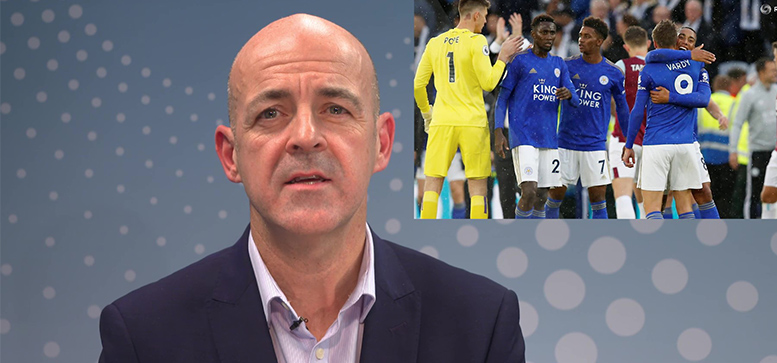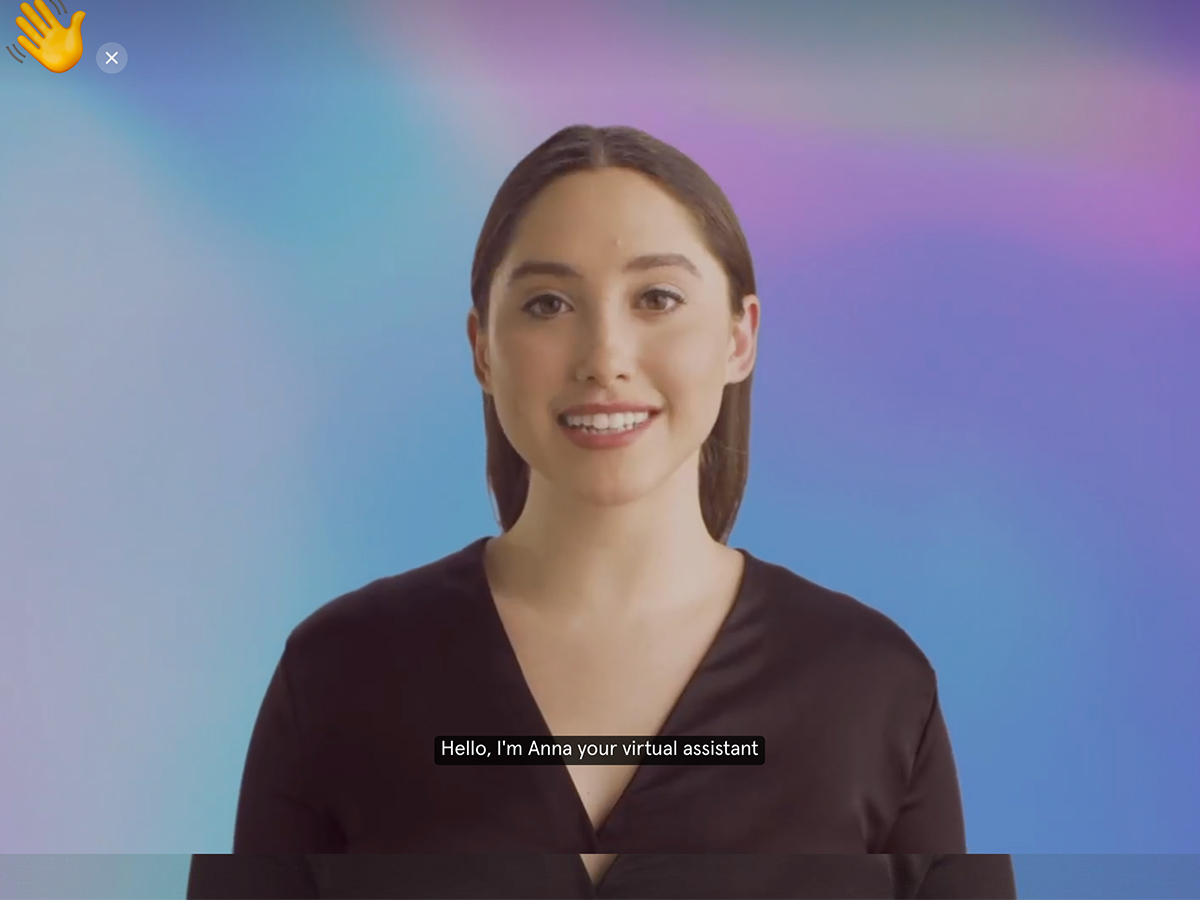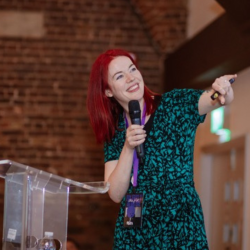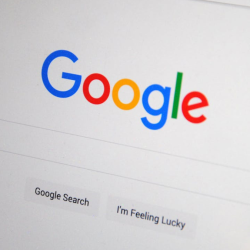What do you think of when you hear the word ‘Deepfake’? Some kind of sinister activity, at home on the dark web? Perhaps you’re anticipating Watergate mkII, ‘Deepthroat: The Sequel’?
‘Deepfake’ has been used as the catch-all term to refer to AI-powered visual technologies that allow video to be manipulated – usually people – so they can be shown to be saying or doing things they initially did not at the time their image was captured. A more accurate term for the technique would be ‘synthetic media’.
There are certainly some well-publicised examples of Deepfake technology, such as porn stars faces being replaced with those belonging to well-known actresses, which have not helped to repair its dodgy reputation. Synthetic media, on the other hand, offers a wealth of opportunity for businesses, with no nefarious intentions at all. It’s important to find the distinction between the two.
“The boundary between synthetic media and Deepfake is where the latter is trying to pretend and therefore get away with something. For example, Obama looking as if he’s saying something ridiculous. Synthetic media, on the other hand is not Deepfake because no-one is using it to pretend to do or be something they’re not. It’s making use of technology to be more efficient about how you do things,” explains Matthew Kershaw, founder of Woolf Consulting and AI specialist.
Do more with less
Efficiency is not to be sniffed at. Companies large and small, local and global now compete on an almost level playing field. Without the clout of big budgets or large teams to turn projects around, smaller companies have to use all their guile to stay abreast.
One such organisation is Malaria No More, a UK-based charity working to raise funds to combat the disease in Africa. Footballing legend, David Beckham, has fronted two of the organisation’s awareness campaigns under “Malaria Must Die”, but these campaigns have to reach a broad, multilingual audience. In an effort to maintain the connection Beckham is able to make with his audience, the ad produced by Ridley Scott Associates and R/GA uses AI tech developed by synthetic media specialists, Synthesia, to morph his face so it looks much more convincingly as if he is speaking the nine different languages than a straight overdub.
The combination of David Beckham and cutting edge technology was a savvy move by the charity, garnering widespread mainstream media coverage as much for the approach as its celebrity subject. “David Beckham speaking lots of languages is a really good example of doing something creatively that couldn’t be done before,” Kershaw says. But, adds Synthesia’s founder and CEO, Victor Riparbelli, companies won’t be able to rely on the novelty factor for too much longer.
“Synthetic video content is just an evolution of what we have seen in media and technology advances in the last 200 years. Each type of media becomes easier and easier to do.”
In fact, Riparbelli reveals that the main target for Synthesia is in the much lower star-wattage arena of corporate videos. It’s an area he says is ripe for the technology, being increasingly necessary in this day and age but expensive and time-consuming to do well using traditional methods.
“Even a corporate video shoot can easily be £5,000. It’s expensive and non-scalable. Most using synthetic media today will be for training videos or customer support to create video explainers, but in 10 years we could be creating whole films from a laptop.”
Riparbelli speaks to the flexibility of synthetic media and its ability to drive deeper, more effective connections with its audience. “If a company has lots of blue collar workers, sending them a three-page pdf to talk through new regulations or policies – they’re not going to read it. A 40-second video on the other hand. Video is so valuable because it’s a much better way to communicate with people.”
Speaking personally
Whereas before it would have been unsustainable to create videos for an audience of a handful of people, or introduce some information into the film that was only relevant to one, synthetic videos can have a huge range of variation at little or no added cost, revealing huge potential for personalisation in the B2C world.
“Hyperpersonalisation is a very interesting prospect,” notes Glenn Gow, a US-based AI strategy expert. “What we’ll see next is that we no longer need that one supermodel. We’ll see ones that fit whatever model I need. We can experiment with the brand ambassador in a way that’s very inexpensive – out of these 10 people, who will be the most appealing. Or infinite variations of how they look and sound, and not limited to a single ambassador for the whole audience. Why pay a model £10,000 a day when you can use a synthetic media one indefinitely.”
This certainly poses interesting questions around image rights and there will no doubt be new contractual structures to deal with synthetic manipulations. Gow even suggests hyperpersonalisation could see the customer themselves become the star of the ad, taking social engagement one step further: “It’s getting people to engage at a deeper level with your brand.”
Time and convenience are another attractive factor in the synthetic media universe. COVID-19 has brought home to many businesses in the media and marketing space just how difficult it has become to create on a global level. “If I need a studio, maybe I can’t get the talent there. We’re having to travel to make commercials and this is really expensive,” Gow explains. “Why not take advantage of this technology and use older images to create a whole new ad?”
Woolf’s Kershaw agrees that this technology will open up marketers to new opportunities, and believes it will increase diversity. “Currently, the default tends to show a person who is generically acceptable to the rest of the world – someone white. The exciting thing is that we’ll see more representation of more people. It might be the end of models but people will be interested in new and interesting faces.”
He mentions another key player in the nascent synthetic media space, Rosebud.AI, which works predominantly in the fashion space and which can help tailor models to specific audiences. However, changing the ethnicity of a model from Black to White, for example, or Asian to Middle Eastern would be beyond the pale. Kershaw is at pains to point out that Rosebud would only overlay images of models of similar backgrounds.
From Deepfake to deep trust
Synthetic media is something that Reuters News had experimented with before even before COVID-19 hit. Like many who have used this technology, Reuters very much looked at its synthetic media as an exploratory project. There are currently no plans to integrate it as part of its permanent reporting provision. But the experiment certainly provided food for thought.
Nick Cohen, global head of product, Core News Services, at Reuters explains: “It’s been fascinating. There are two impulses. We have a service for our customers that already creates automated video reports of matches – a combination of stills and text reporting using natural language generation. This doesn’t involve synthetic media but we’re exploring the potential of how we could take that further.”

‘Taking that further’ involves instead of just ingesting real time data into an automated slide show, the company can take its human presenter and have the data impact their ‘presentation’ via synthetic media. It’s not a question of whether a human is any more engaging that Reuters’ current automated package, rather Cohen suggests:
“One thing is the potential of scaling production. If you had a star sports presenter, you could film them once and then have them reporting in every game in your league at the same time, without reshooting.”
Cohen is at pains to point out that this is very much still at the exploration stage and admits “It might be something no-one wants and isn’t a viable service for all sorts of reasons. But, that’s the kind of area companies like Synthesia are exploring and it gives us a sense of where the future might go.”
The other angle that Reuters explored with Synthesia was in its wider remit to find and debunk fake news. “We’ve been working on detecting Deepfakes with the team that works on fact-checking and misinformation. We’ve done some experiments to understand it a little better.” In the current febrile climate, something that instils trust rather than erodes it is to be welcomed.
So, while synthetic media may be a boon to smaller businesses on tight budgets who will find themselves able to create high-quality, engaging video at scale, perhaps it has the potential to answer more fundamental questions around trust and authenticity.
“Brands and branding started because of bad actors,” explains Woolf’s Kershaw. “In the 19th century, people would buy milk and didn’t know it was safe. The Pears brand was a hallmark to say ‘this is safe’. It’s why Unilever was founded. And so this will be the thing with synthetic media. If it comes from a trusted source, created by people who are good enough, then you’re going to feel good about it. News and communications have a really important part to play in this.”
Synthetic media may have some way to go yet before it becomes a mainstay of primetime TV commercials or news bulletins, but as a way to create personalised messaging in a medium that would otherwise be punitively expensive or time-consuming to use, it is making great strides.
Featured image: synthesia.io































